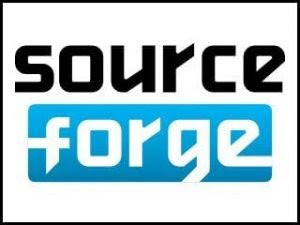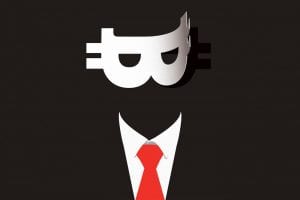A cryptocurrency is a digital or virtual currency that uses cryptography for security. A cryptocurrency is difficult to counterfeit because of this security feature. A defining feature of a cryptocurrency, and arguably its most endearing allure, is its organic nature; it is not issued by any central authority, rendering it theoretically immune to government interference or manipulation. The first cryptocurrency to capture the public imagination was Bitcoin, which was launched in 2009 by an individual or group known under the pseudonym Satoshi Nakamoto. Since then, numerous other cryptocurrencies have been created. These are frequently called altcoins, as a blend of alternative coin. In his announcement of Bitcoin in late 2008, Satoshi said he developed “A Peer-to-Peer Electronic Cash System.“ His goal was to invent something; many people failed to create before digital cash.
After seeing all the centralized attempts fail, Satoshi tried to build a digital cash system without a central entity. Like a Peer-to-Peer network for file sharing. This decision became the birth of cryptocurrency. They are the missing piece Satoshi found to realize digital cash. The reason why is a bit technical and complex, but if you get it, you‘ll know more about cryptocurrencies than most people do. So, let‘s try to make it as easy as possible:
Chronological History of Cryptocurrency Below:

‘Satoshi Nakamoto’ Released a White Paper called “Bitcoin: A Peer-to-Peer Electronic Cash System” and the Idea was Officially Born

Neal Kin, Vladimir Oksman, and Charles Bry file an application for an encryption patent application

Wei Dai Proposes b-money that Arguably laid the Groundwork for Cryptocurrencies

Adam Back Invents Hashcash, a Proof-of-Work System that Inspired the One Bitcoin Uses to Mine New Coins

e-gold.com Launches, with the Online Currency e-gold – “a Private, International Currency that would Circulate Independent of Government Controls



